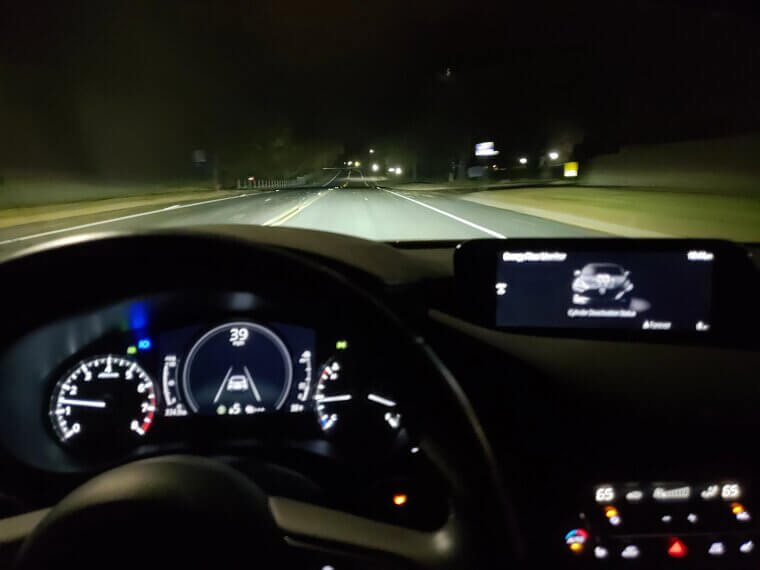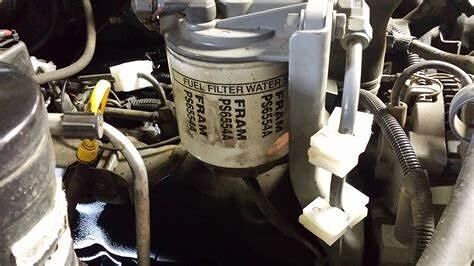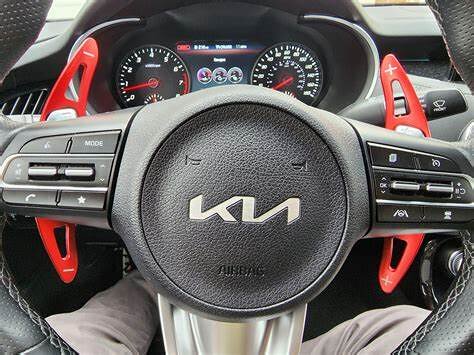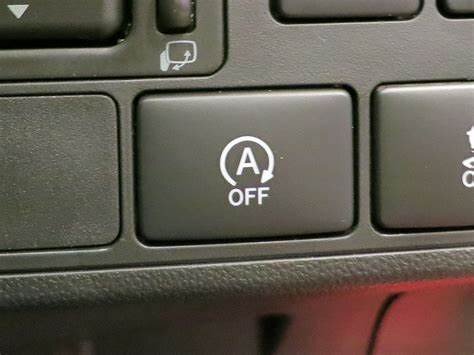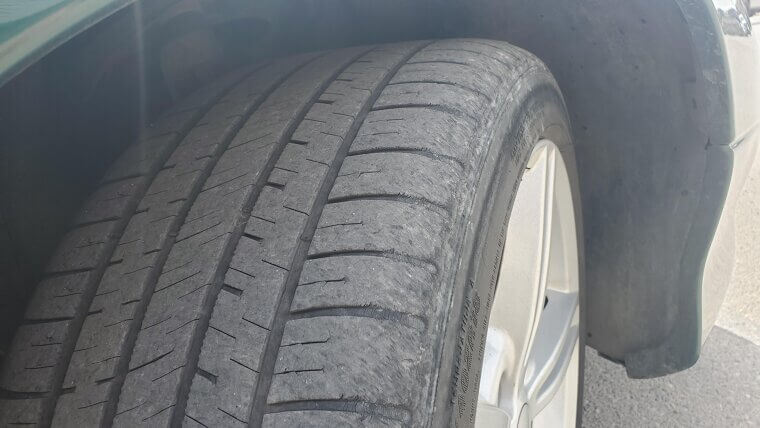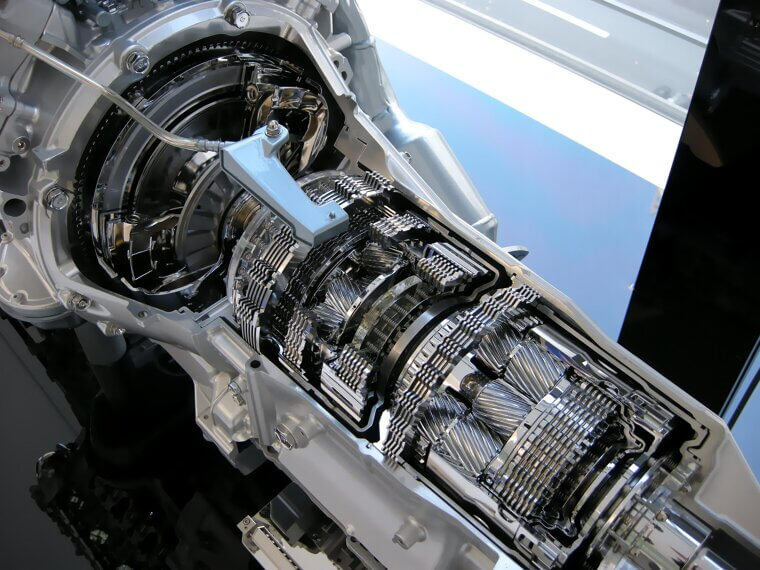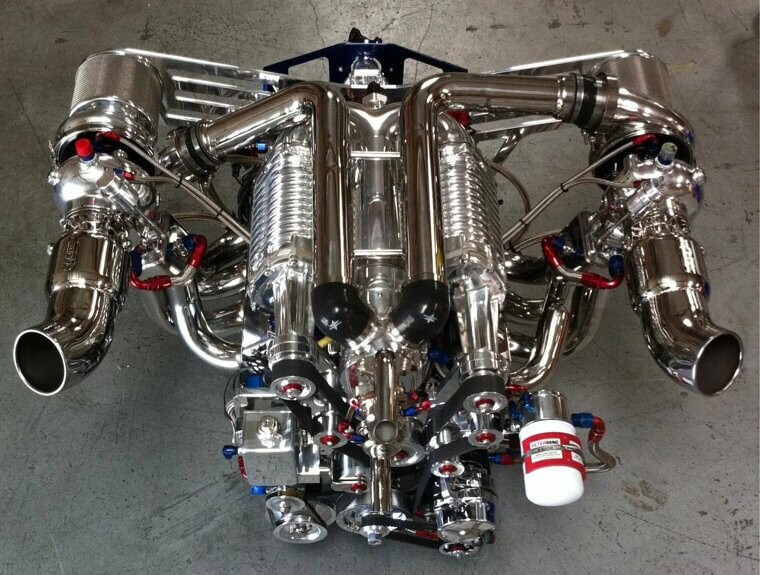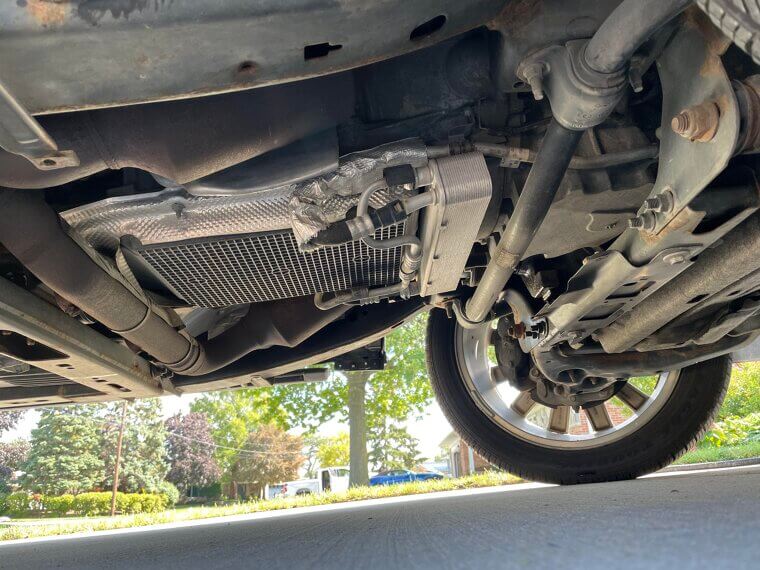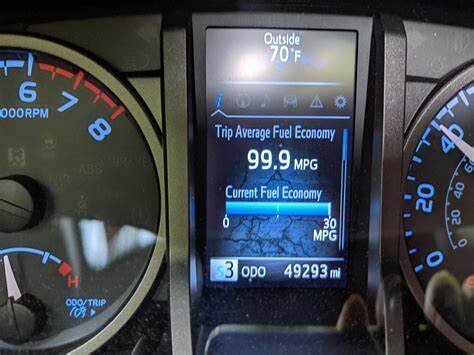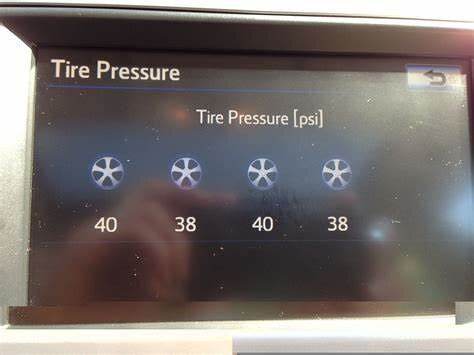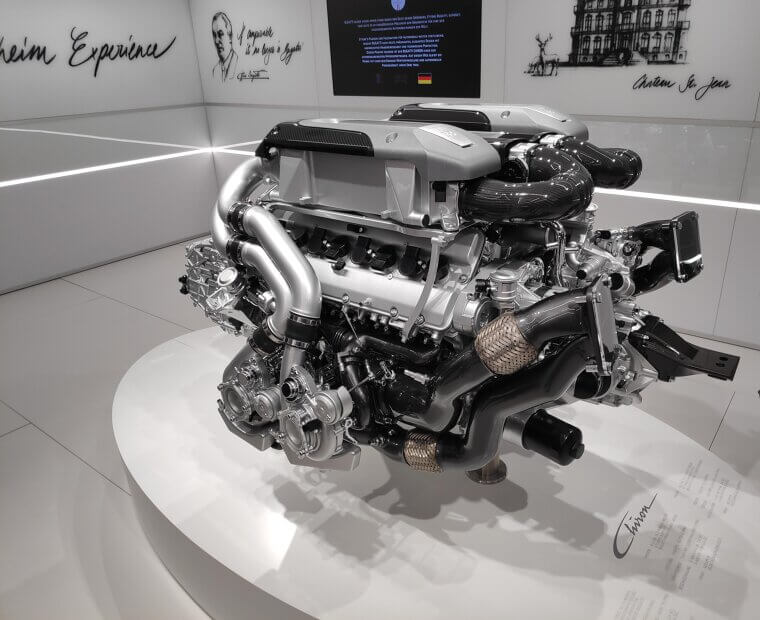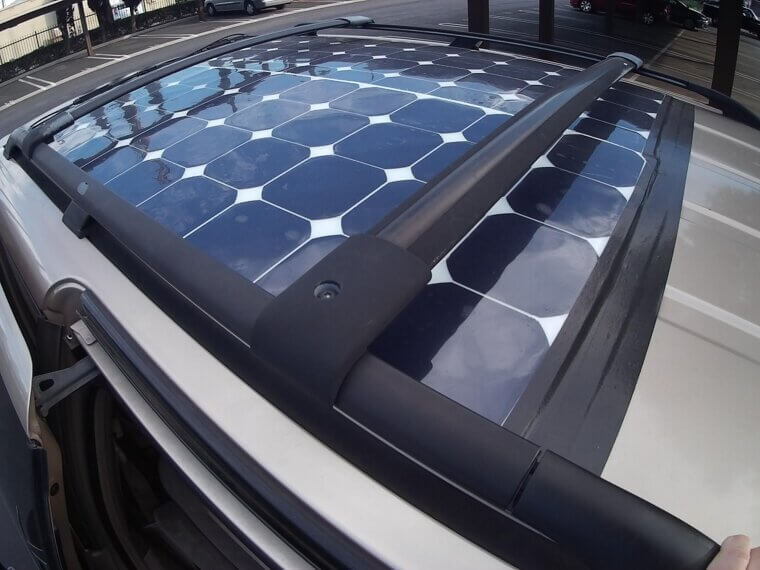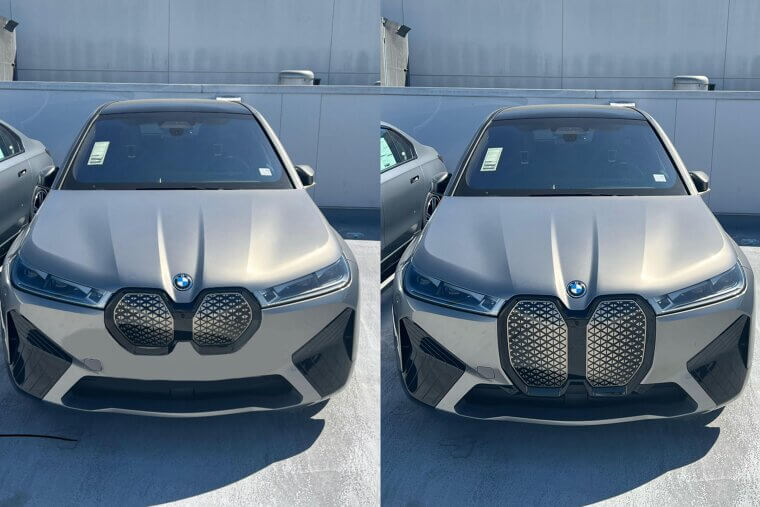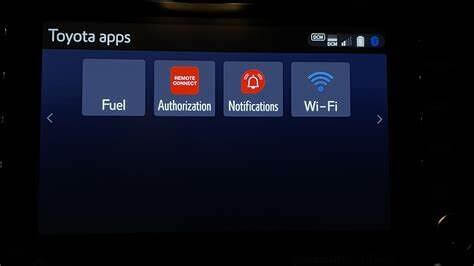Gas-Saving Tips That Don't Save Gas
It seems as though car companies come out with new, innovative features every time they release a model. However, even though they may look or sound fancy, not all of these additions actually serve a functional purpose. Let’s take a closer look at the features that were meant to save gas, but actually didn’t help at all.
Cylinder Deactivation
The cylinder deactivation feature had good intentions, but unfortunately, it missed the mark in terms of practicality. Designed to shut off certain cylinders when the vehicle reached cruising speed, it barely made a mark on heavier vehicles that featured V8 engines.
Fuel Line Magnets
Fuel line magnets were advertised to align fuel molecules for a better overall combustion. While this may sound impressive, there was actually no scientific evidence that they even worked, making for a rather drawn-out (and expensive) gimmick to have in a car.
Power Chips and Tuning Modules
Power chips and tuning modules were marketed to optimize engine performance, ultimately leading to long-term fuel savings. In reality, however, they usually increased the car's horsepower at the expense of fuel economy. When trying to save fuel, this is definitely not what you want.
Fuel Additive Pills
Fuel additive pills were marketed as being incredibly simple and easy to use. Designed to clean engines and boost the vehicle's overall mileage, the product was actually unregulated and ineffective. In fact, in many cases, they even caused damage to the engine, resulting in costly repairs.
Paddle Shifters
Paddle shifters were designed to give drivers more control over their vehicles' shifting, ultimately saving fuel in the long run. However, they simply weren’t practical for everyday driving and, as research showed, did nothing to improve MPG.
Overly Aggressive Start-Stop Systems
For a time, it seemed as though every car made use of a start-stop system. In other words, the car engine would automatically turn off at stops in order to save gas. However, in reality, this system placed additional strain on certain components and achieved very little in terms of gas savings. It was also incredibly annoying!
Eco Driving Modes
Many cars featured eco-driving modes, which allowed for a limited throttle response and reduced AC usage. However, in most cases, these modes made too subtle a difference to save any fuel. In fact, they actually just made a less comfortable drive.
Low Rolling Resistance Tires
Low-rolling-resistance tires were known to slightly improve MPG, but at the expense of grip and safety. As you would expect, most drivers prioritized safety over fuel economy, ultimately leading to the product's failure.
CVT Transmissions
The CVT transmission was designed for optimal fuel efficiency. However, many drivers disliked the feel of it and chose not to incorporate it into their vehicles. Additionally, some models ended up being less efficient as a result of poor tuning, which made the transmission completely useless.
Turbocharged Small Engines
Even though turbocharged small engines promised additional power and efficiency, they simply weren’t practical for real-world driving. In fact, city driving often led to a higher fuel consumption, defeating the whole purpose of the product.
Aerodynamic Spoilers
Aerodynamic spoilers were designed to reduce the overall drag of the car, as well as improve its sporty appearance. However, while they might have looked cool, they were actually pretty ineffective at normal speeds, making them all but redundant in terms of increasing fuel efficiency.
Underbody Panels
Underbody panels claimed to smooth airflow and reduce the overall drag of the car, making for better fuel economy. In reality, though, they have very little impact - unless you were racing, of course.
Digital Fuel Economy Displays
Digital fuel economy displays were designed to promote fuel-efficient driving practices. However, instead, they simply distracted the driver. On top of this, these displays were often inaccurate.
Tire Pressure Monitoring Systems
Tire pressure monitoring systems aimed to help drivers maintain optimal tire pressure and, therefore, reduce any unnecessary drag and fuel use. While the idea may have been good, most drivers simply ignored the system, making it pretty useless.
Engine Warm-Up Timers
Engine warm-up timers claimed to optimize the vehicle's engine temperature for added efficiency. However, this was completely unnecessary for most modern vehicles.
Solar Roof Panels
While solar roof panels may sound like an innovative idea, they actually only made the car heavier and more expensive. More so, they provided negligible power for fuel savings, making the product all but useless.
Hybrid Badging on Mild Hybrids
While hybrid badging promised big savings on fuel efficiency, it actually only delivered marginal improvements. In the long run, it simply wasn’t worth the additional cost, and it definitely wasn’t cheap.
Overcomplicated Aerodynamic Grilles
Many cars included overcomplicated aerodynamic grilles, promising that the improved aerodynamic design would boost the vehicle's overall fuel efficiency. However, in reality, these systems offered minimal gains that hardly made any difference to fuel economy. They also broke quite often, which led to costly repairs.
Eco-Coaching Apps
Some software developers believed that eco-coaching apps would be a smart move in helping the public save money on fuel every month. These apps were ultimately designed to provide fuel-efficient driving tips. However, most drivers ended up ignoring the app's recommendations after just a few weeks.
Idle Fuel Cut-Off Systems
Idle fuel cut-off systems were designed to shut off the fuel during deceleration. While this was marketed as an innovative feature, it already came standard in most vehicles. And there's no research that shows that this features saves fuel... In fact, it may be adding to your fuel bill.
‘Fuel Saver’ Driving Gadgets
Certain driving gadgets were created in order to help the public improve their overall fuel efficiency on the roads. This included clip-on devices that claimed to ‘train’ better habits. In reality, however, these products were often forgotten by many drivers. Furthermore, they were simply another flashy dashboard feature that made no real impact on the person's driving routine.


